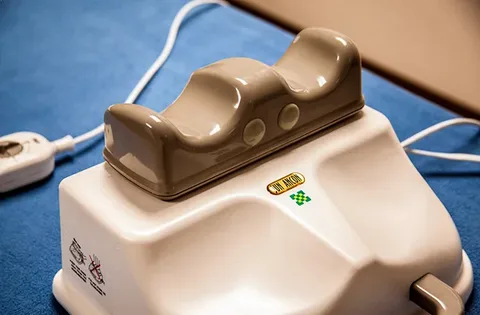If you’ve used Ethereum, you’ve probably seen something called a gas fee. It’s a small extra charge when you send ETH or use apps like DeFi or NFTs.
But what is a gas fee? Why do you have to pay for it? And why are gas fees sometimes so high?
Let’s break it all down in simple terms.
Gas Fees: The Basics
Ethereum is more than just money, it’s a big computer that lives on the internet. When you ask it to do something, like send ETH or run a smart contract, it uses power. That power is measured in gas.
Just like your car needs gas to run, Ethereum needs gas to work. The gas fee is the cost you pay to get your transaction done.
Why Do Gas Fees Exist?
Gas fees are not random. They help the network in three big ways:
- Reward Validators: These are people who check that your transaction is real. They get gas fees as payment.
- Protect the Network: If there were no fees, someone could spam Ethereum with fake transactions. Gas fees make that expensive.
- Pick Which Transactions Go First: If you want your transaction done quickly, you can pay a little more to move to the front of the line.
How Gas Fees Are Calculated
After an Ethereum update called EIP-1559, the gas fee is made up of three parts:
- Gas Units: How much work does your transaction need?
- Base Fee: The normal cost for using the network.
- Tip (Priority Fee): Extra money to get your transaction done faster.
💡 Formula:
Gas Fee = Gas Units × (Base Fee + Tip)
Example:
Let’s say you want to send ETH to a friend.
- Your transaction uses 2 gas units.
- The base fee is 12 gwei.
- You give a tip of 5 gwei.
Gas Fee = 2 × (12 + 5) = 34 gwei, or 0.000000034 ETH.
This is added on top of whatever amount you’re sending.
What Makes Gas Fees Go Up or Down?
Gas fees are not always the same. They change based on a few things:
- Traffic: If many people use Ethereum at the same time, fees go up.
- Type of Transaction: Simple things like sending ETH are cheap. Big things like running smart contracts cost more.
- How Much You Tip: If you tip more, your transaction is done faster.
Why High Gas Fees Are a Problem
When gas fees are high, it can be frustrating. Here’s why:
- You might pay $30 just to move money.
- Small traders can’t afford to use DeFi or mint NFTs.
- Developers pay more to launch apps.
- New users might avoid Ethereum completely.
Ways to Save on Gas Fees
The good news is, there are ways to pay less gas:
1. Pick a Good Time
Use Ethereum when it’s not too busy like at night or on weekends. You can check websites like Etherscan to see gas prices in real time.
2. Use Layer 2 Networks
Networks like Optimism, zkSync, or Arbitrum let you do the same things as Ethereum, but cheaper and faster.
3. Batch Your Transactions
If you’re sending tokens to many people, try to do it all at once.
4. Try Other Blockchains
New chains like Sei Network work like Ethereum but cost much less to use.
Why Gas Fees Matter
Gas fees aren’t just charges they keep Ethereum safe and fair. They help:
- Keep validators working by giving them rewards.
- Make ETH useful since all fees are paid in ETH.
- Control traffic so the system doesn’t crash.
The Future of Gas Fees
Ethereum is getting better all the time. Big changes like The Merge and Layer 2 networks are already making gas cheaper.
New chains like Sei are also solving gas problems with smart tech. Their systems can handle more traffic, which helps keep gas prices low.
Final Thoughts
Gas fees might seem like a hassle, but they are important. They protect the network, reward good work, and keep everything running smoothly.
As Ethereum and other blockchains grow, gas fees should get lower, faster, and easier to manage.










































